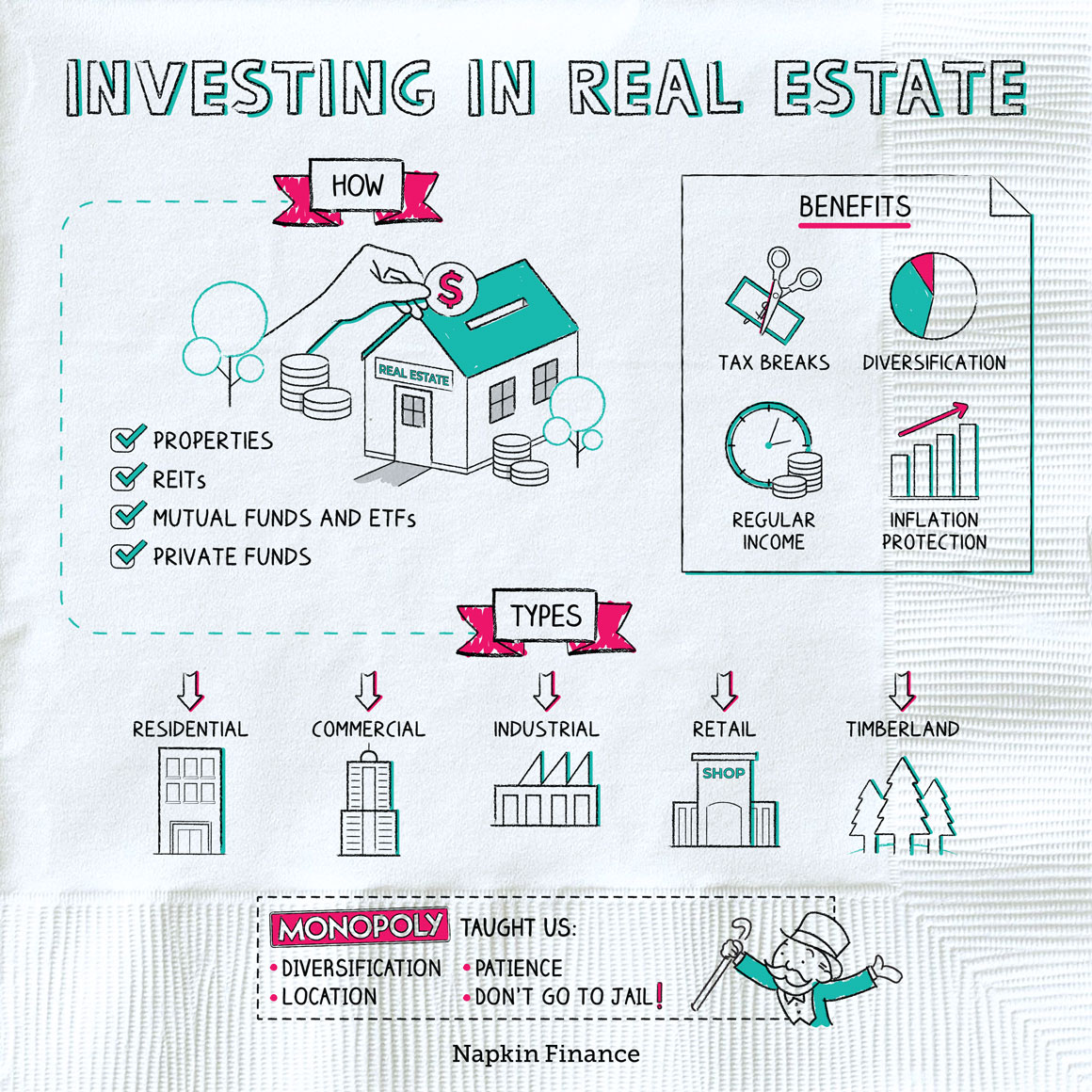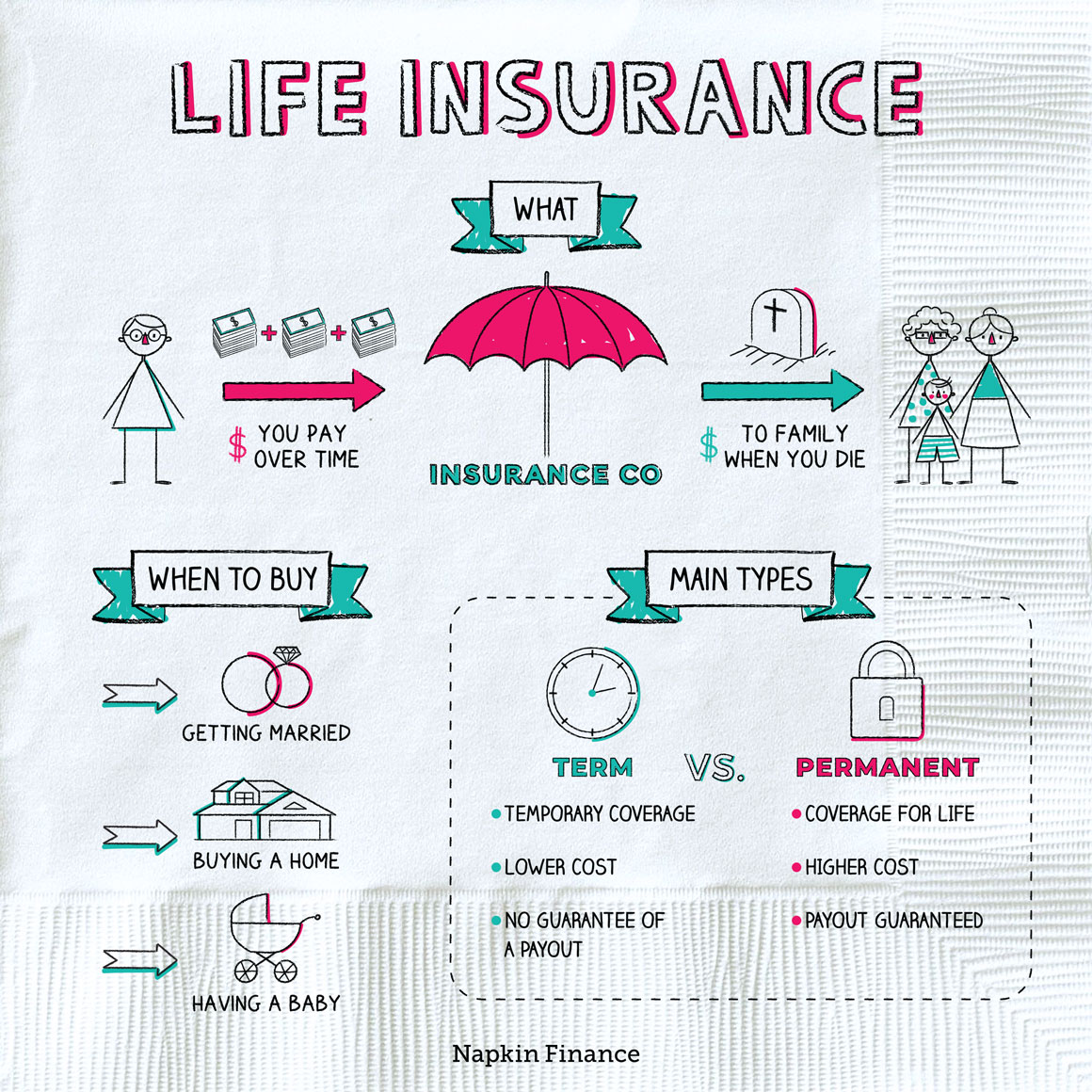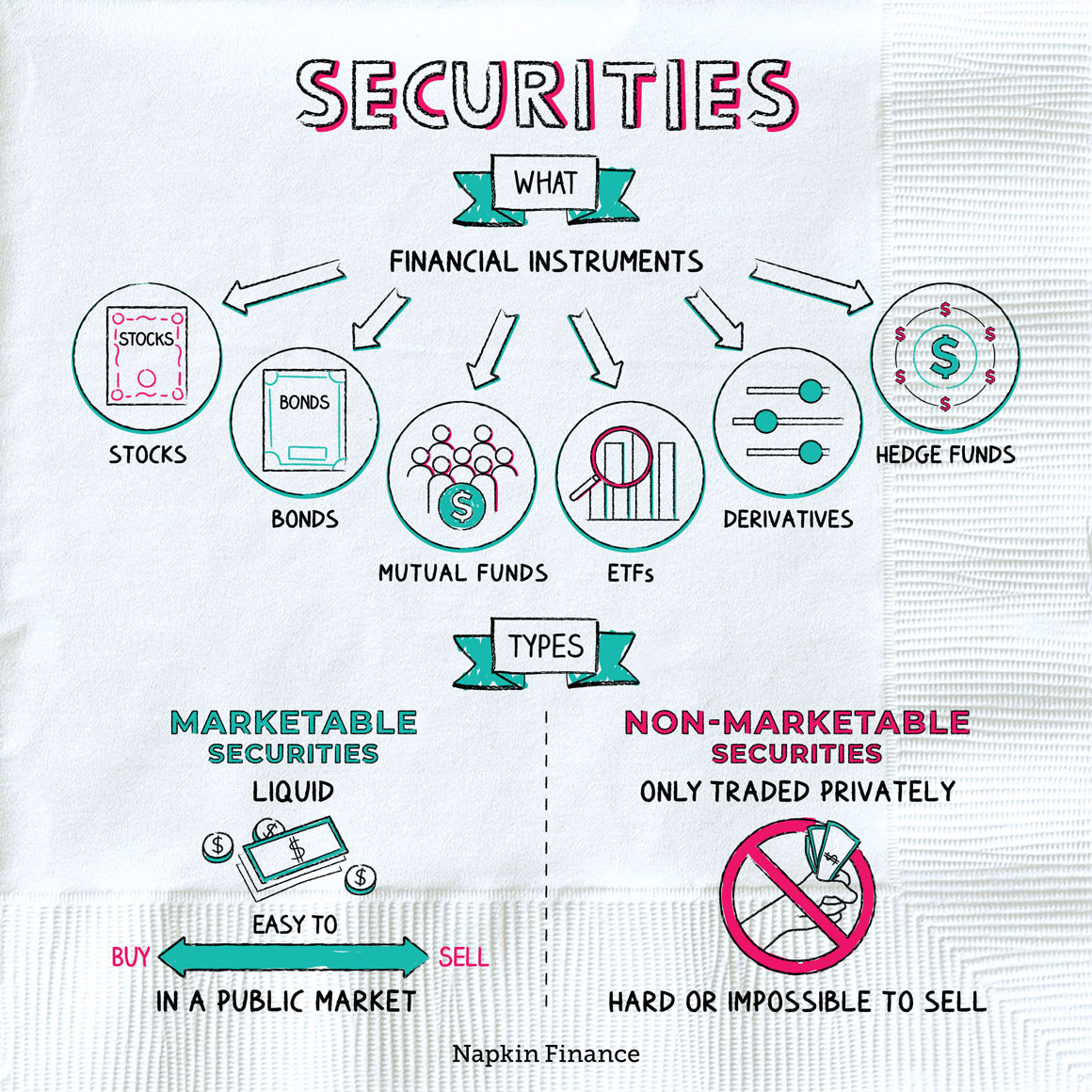Commodities
Back to Basics
Commodities are raw materials.
They are the inputs, or ingredients, that are used to make most of the stuff in our lives—from the cotton in your shirt to the aluminum in your car to the coffee in your mug.
Here are some of the major categories and types of commodities:
| Agricultural | Energy | Metals |
|
|
|
You can also group commodities into two general categories:
- Soft: Usually agricultural products and livestock, such as cows, wheat, sugar, and soybeans
- Hard: Most often natural resources that need to be extracted from the earth, including gold and oil
Commodities are defined by two main properties:
- They are basically uniform in quality.
- Many different companies produce and sell them.
The first characteristic helps explain why finished products, such as cars or clothing, aren’t commodities (think name-brand jeans versus ones from a discount store).
Commodities can be bought and sold on an exchange similar to stocks. In the U.S., most of that trading happens at the Chicago Board of Trade or the New York Mercantile Exchange.
There are two main ways of trading commodities in these markets:
- The spot market (or cash market)
-
- The transaction happens immediately.
- If you agree to buy gold in the spot market, you put up the cash right away, and the seller has to more or less immediately deliver the physical gold to you (so-called “settlement” of these transactions may take a couple of days).
- The futures market
-
- You agree today to make a transaction on a future date.
- You can agree today to buy one ounce of gold in three months at a particular price. When the agreed-upon date of your transaction rolls around, you have to pay the price you agreed to at the start (even if gold is now cheaper), and the seller has to accept that price (even if gold is now more expensive).
The futures market is often used by commodity producers to help reduce risk. If an oil company knows it will need to sell 50 million barrels of oil in two months, it could enter into a futures contract today to lock in a sales price for all that oil. That way, it’s protected if the price of oil takes a sudden fall right before it has to sell.
Commodity prices can be much more volatile than stocks. Institutions, farmers, and professional investors tend to be bigger players in the market than individual investors.
To be traded, a commodity must meet a minimum standard known as a “basis grade.” This grade helps maintain market uniformity and gives buyers information that allows them to measure the quality and value of a commodity (think “prime” grade beef or 24-karat gold).
Commodities within the same grade are expected to be interchangeable with each other. Put another way, you shouldn’t notice much difference, if any, in the quality of soybeans from one farmer to the next if they have the same grade.
A commodity is a raw material that can be bought, sold, and traded. These goods are used in the production of finished products, like cars, clothes, and computers. Commodities are either soft (agricultural goods) or hard (energy and metals) and must be both uniform in quality and produced by many companies. Investors can trade commodities on an exchange and often do so in the futures market.
- In 1958, Congress banned futures trading in onions under the Onion Futures Act after a farmer in New York tried to corner the market and buy up all the onions and onion futures across the country.
- The first commodity exchange dates back to 17th century Japan. Samurais and rice brokers established the Dojima Rice Exchange in 1697.
- The six commodities available for trading on Commodity Exchange, Inc. (Comex) on its opening day in 1933 were copper, hides, rubber, silk, silver, and tin.
- The statue atop the Chicago Board of Trade is faceless, reportedly because the artist thought the building was so tall that no one would be able to see its face anyway.
- Commodities are goods that can be exchanged or traded. They are the raw materials that make up the stuff we buy and use.
- Commodities must be generally uniform in quality and produced by many companies.
- Commodities are usually traded as futures, where an investor buys a contract for a specific quantity of a given commodity on a set future date to lock in prices.




